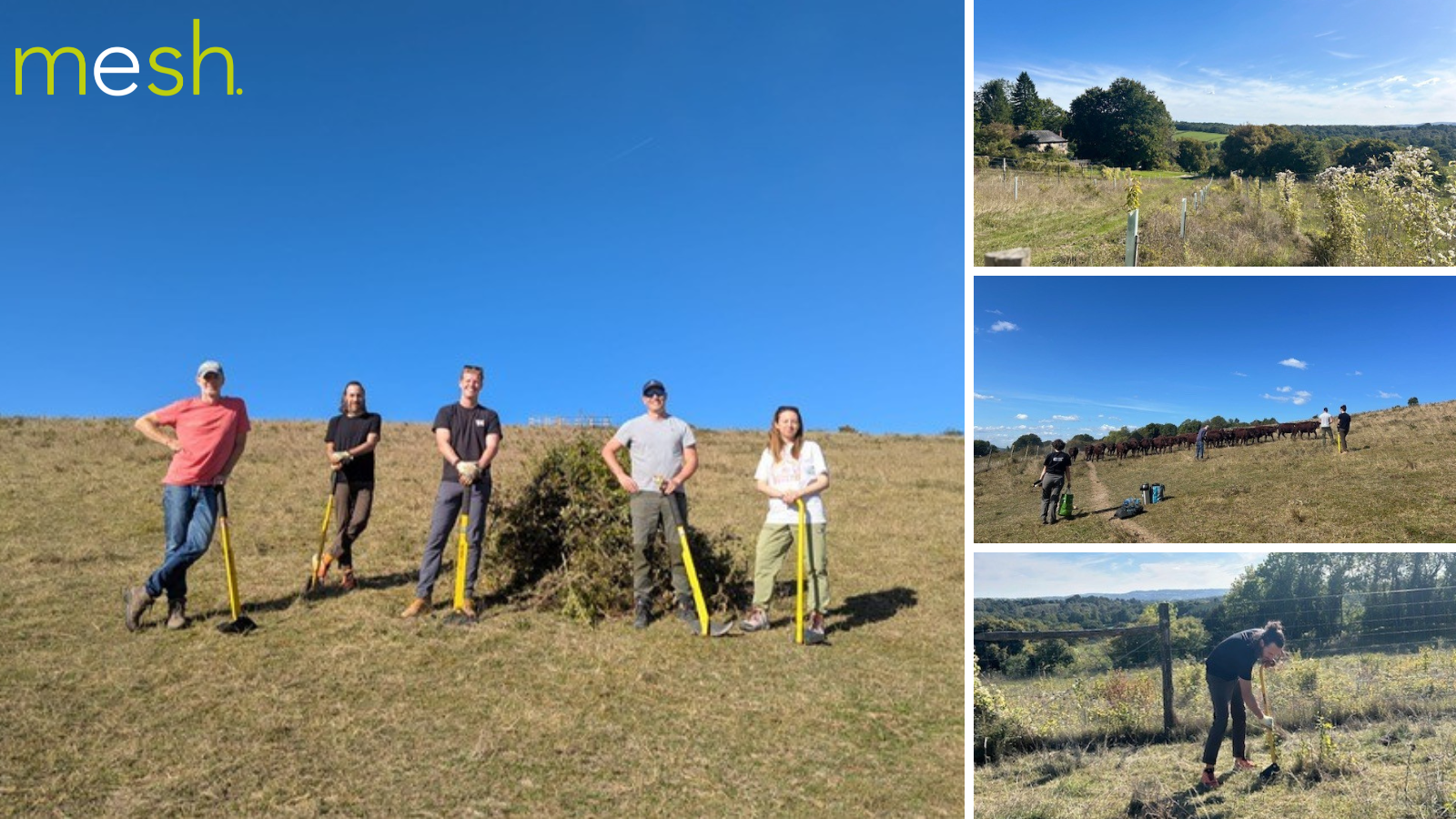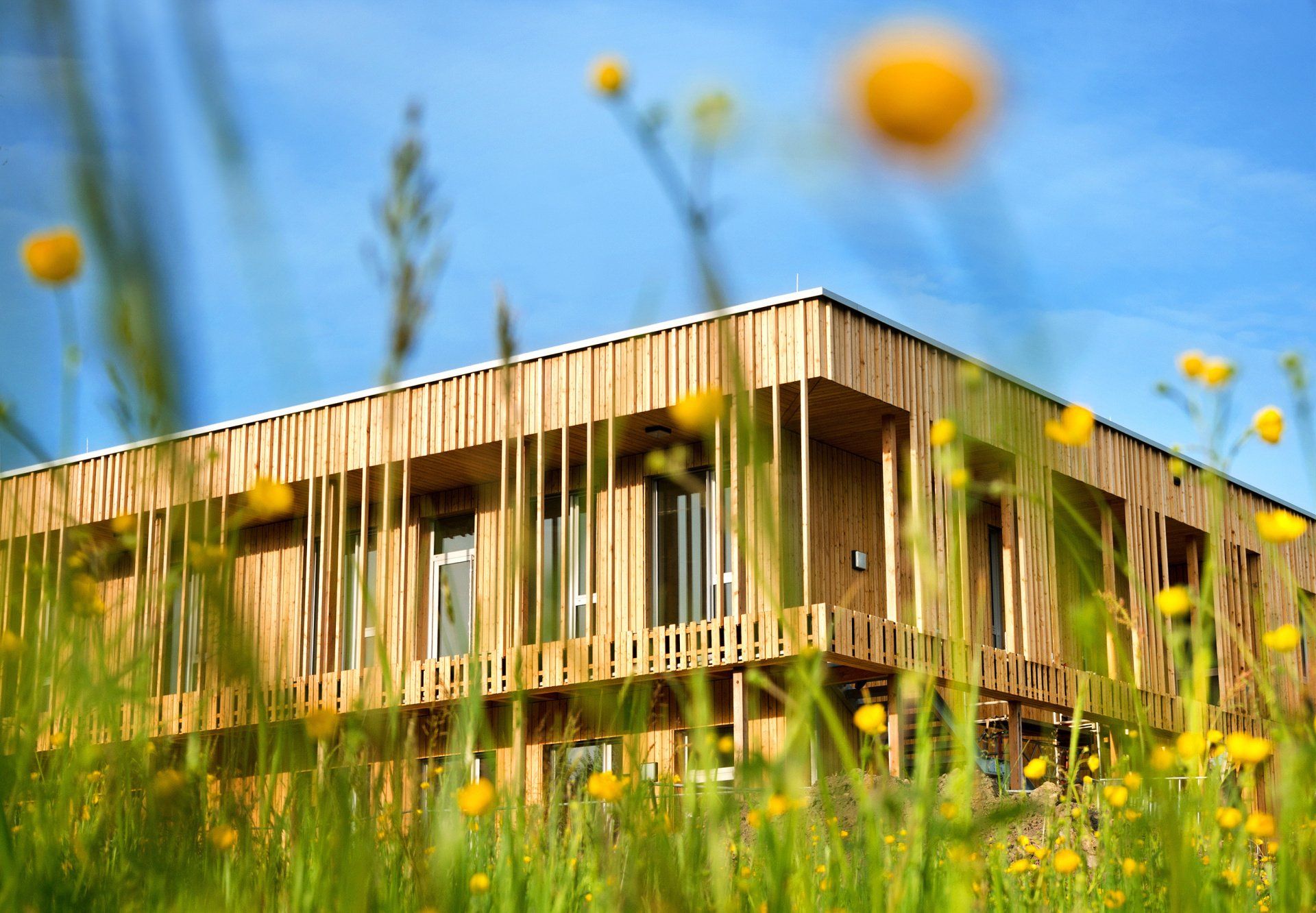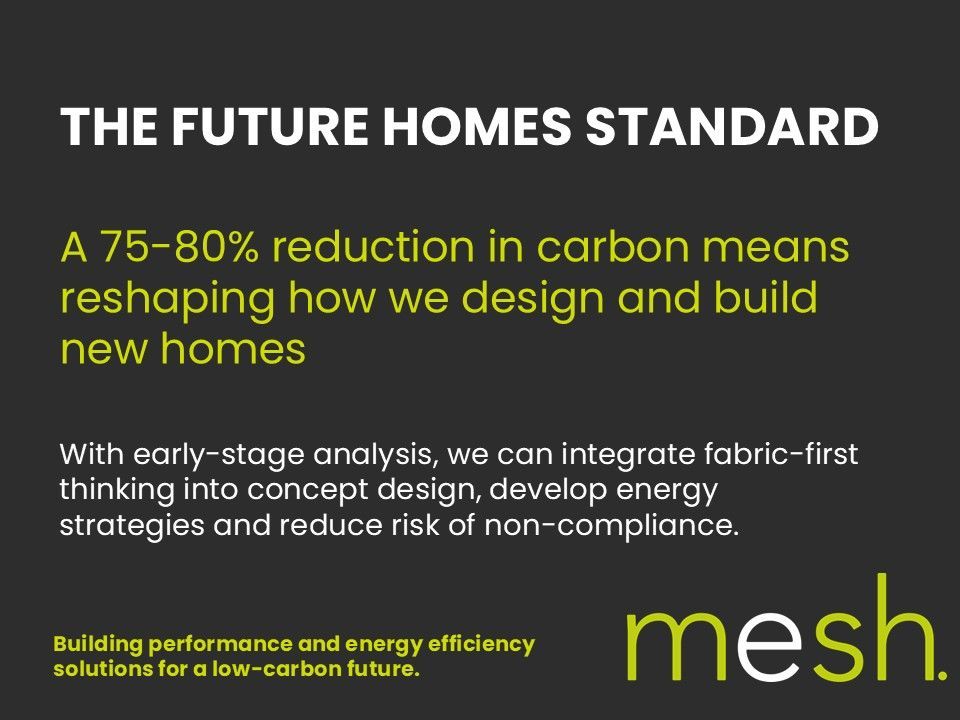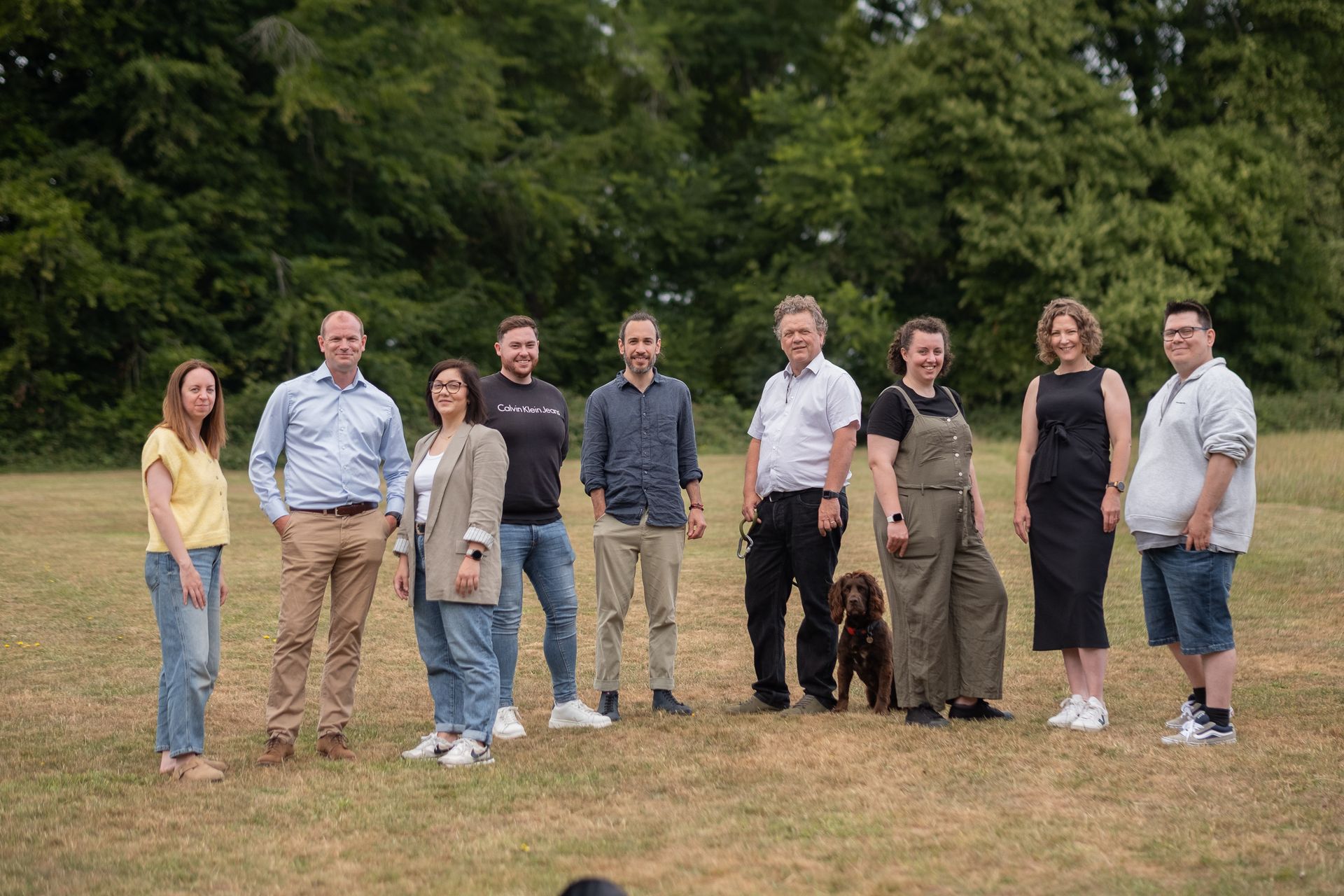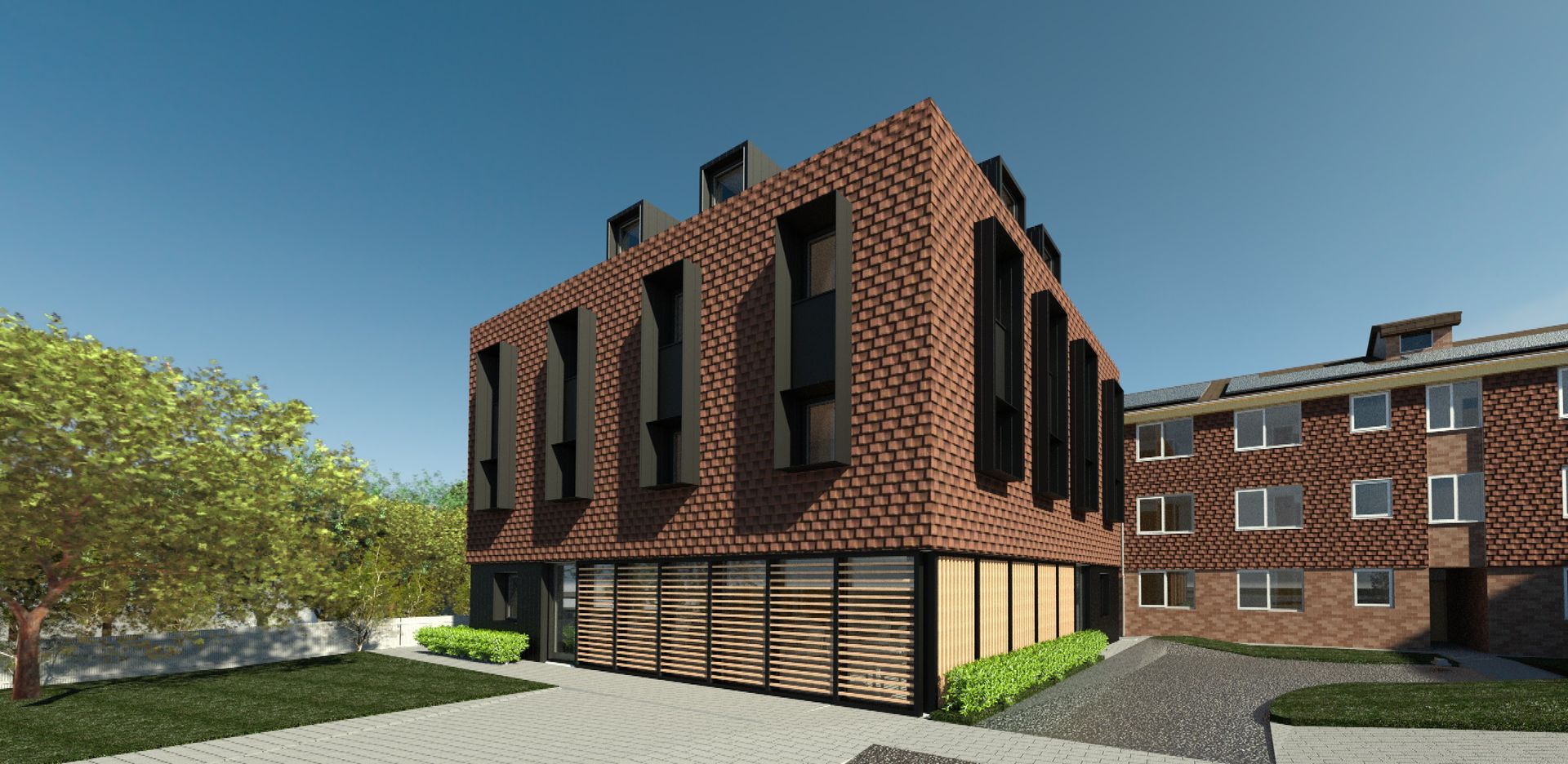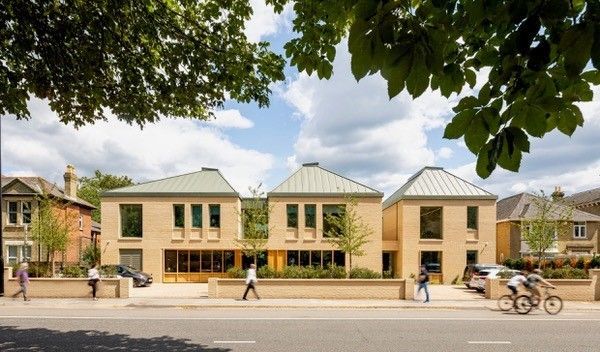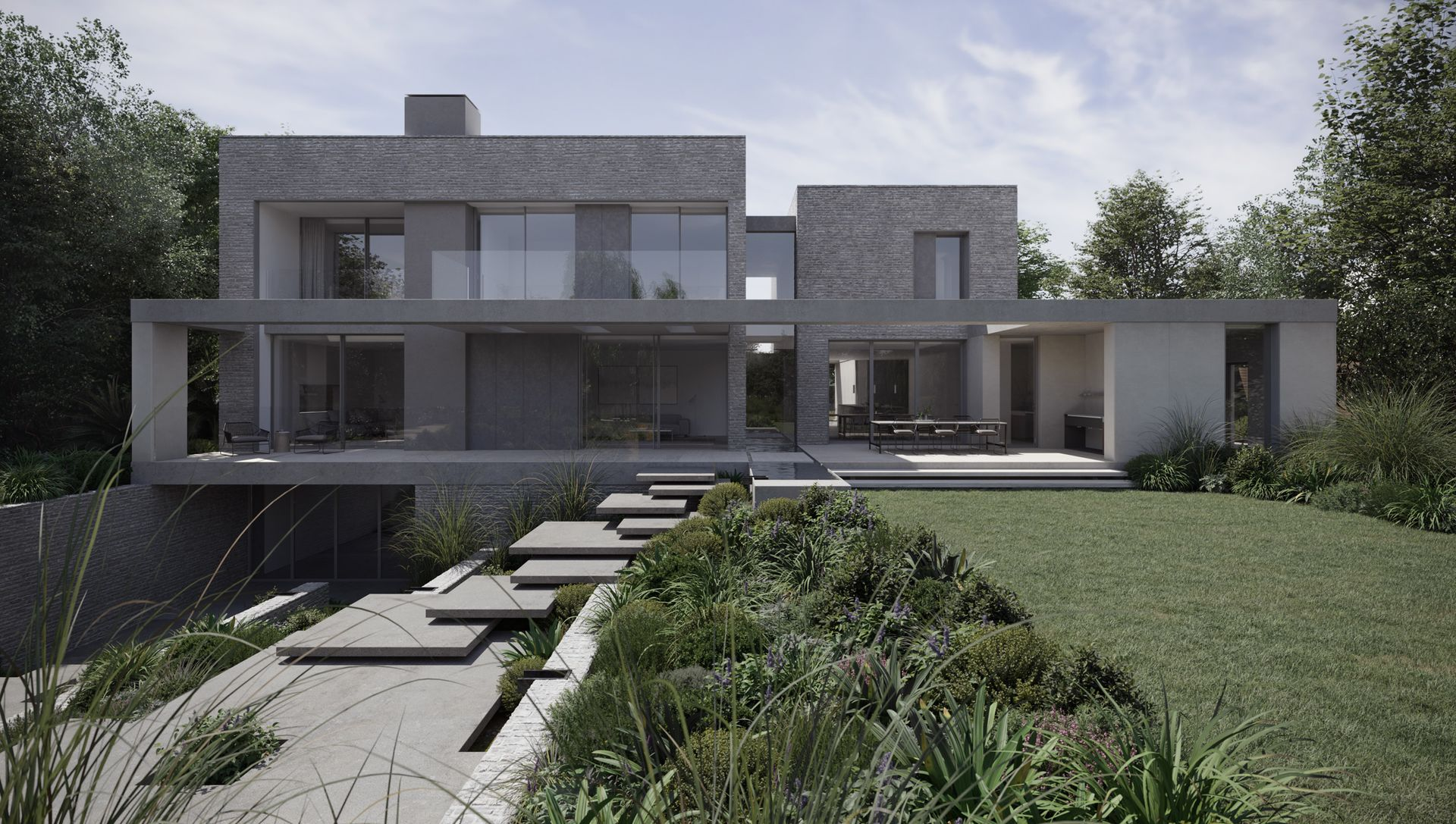The intrinsic link between Prefabrication, Architecture and Sustainability
We associate prefabrication with compact steel-made living pods. From the 'Prefabs' to the recycling of containers for building hostels of affordable travelling.
However, prefabrication goes beyond obvious modular construction. It is embedded in how we build our buildings and houses, from a screw to a solar panel. Nowadays, over half of the elements we use in construction are manufactured off-site, a rate with a tendency to rise even more.
Prefabrication is consequently and equally linked to sustainability, actually the link between these two is stronger than with Architecture.
A great example is the way we produce insulation material. If we want to achieve the U-values required for any new-built, we need to source insulation material from industrialised manufacturers. This applies for organic and recycled materials as well. The main advantage of prefabrication, beyond economies of scale, is the certainty of performance. We need to know how 'green' things really are.
(Stow-Away Hotel by Doone Silver Kerr - pictured)
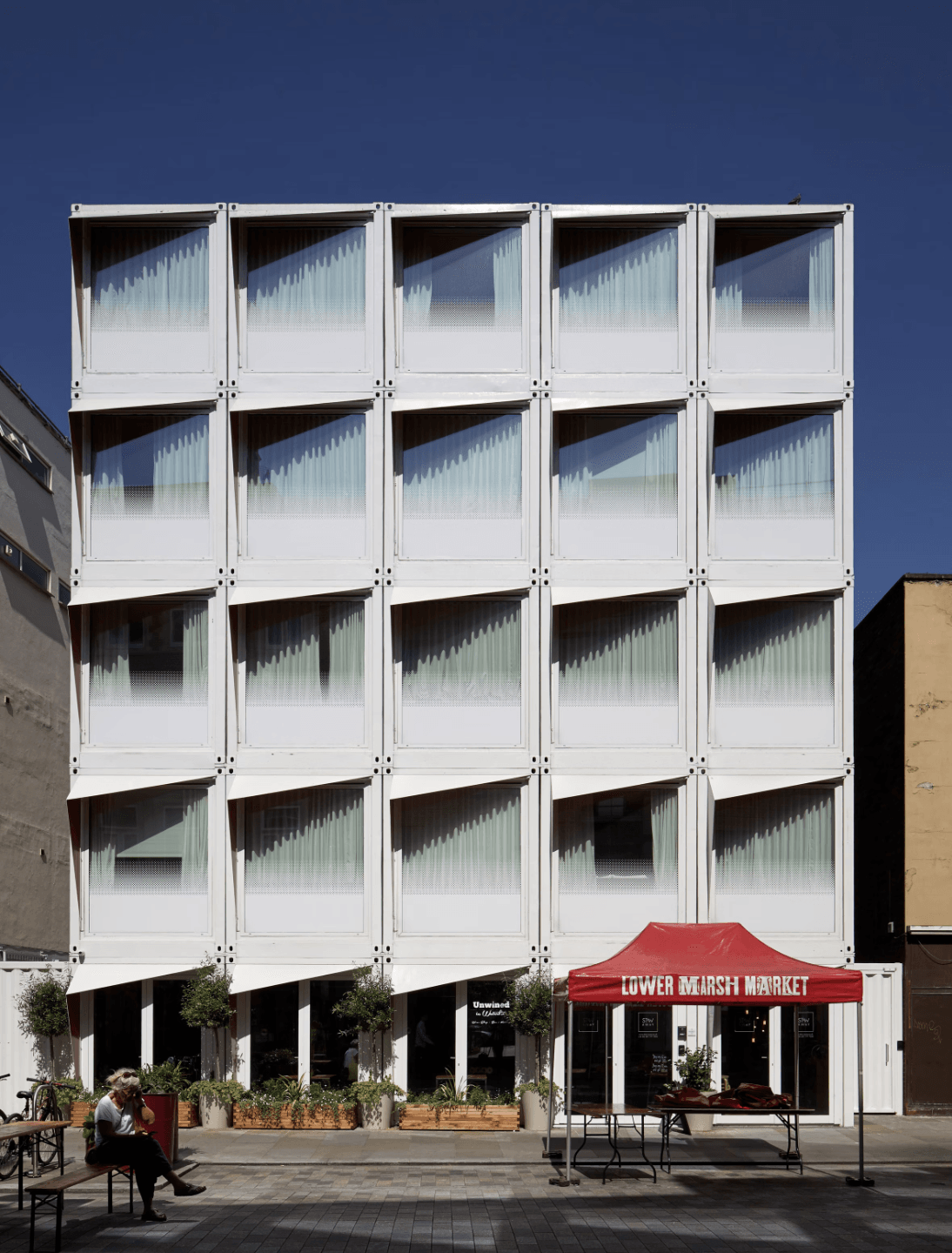

This links get even stronger when we talk about renewables, like solar panels, heat pumps or batteries.
As much as the connection between prefabrication (industrialisation) and sustainability get stronger, the bridge between them gets shorter, pushing Architecture to the side. The risk of it, is to start conceiving sustainable construction with out the mediatic intervention of architects and designers, because at the end of the day, architectural principles, such as passive design need to stand at the top of the hierarchy to achieve real sustainable urban environment.
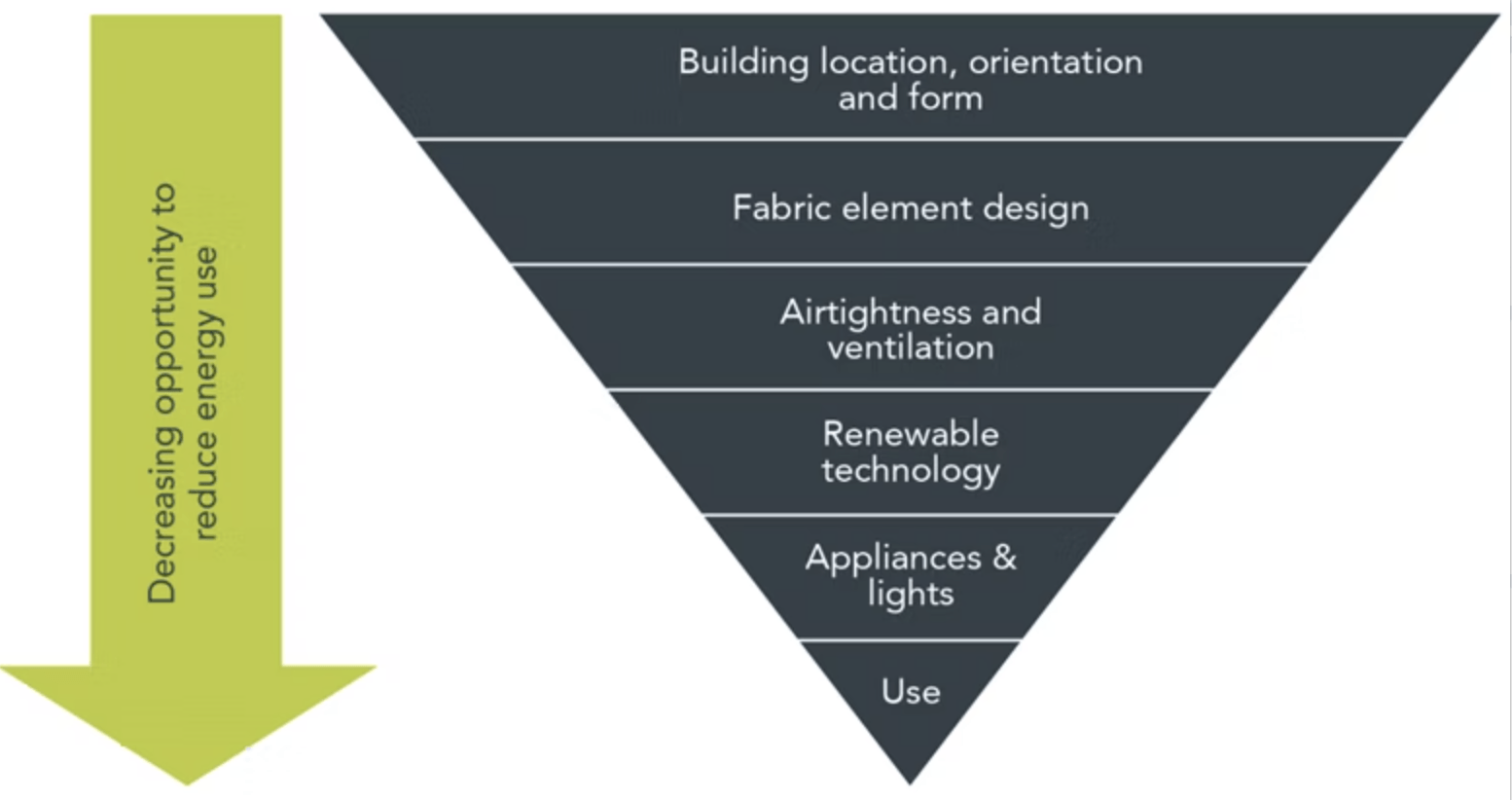
[Mesh hierarchy inverted pyramid for achieving energy-efficient buildings]
The ‘Reasons Off-site’ is an immaterial exhibition curated by Summary Architecture of Porto, which has been touring across Europe and is now exhibited at the 'Casa de Arquitectura' in Matosinhos, The project presents a collection of building systems of significance in the historical evolution of modular and prefabricated architecture.
I have worked in collaboration with SUMMARY as part of my ambition of highlighting the importance of prefabrication in Architecture beyond aspects of economics, but as a key solution for achieving social and environmental needs, as much as a tool for creating architectural pieces.
I'm sharing here a short text I wrote that is part of the touring exhibition of the Reasons Off-site.
The conflict of prefabrication
Konrad Wachsmann and Walter Gropius over the assembly of a Packaged house (from The Dream of the Factory‑made House by Gilbert Herbert)
The conflict of prefabrication is against conventional construction. It is an eternal brawl where it is difficult to see when one could finally defeat his perpetual rival. It is a conflict of economics, place, logistics, capabilities, aspirations, aesthetics, semantics and semiotics; but mainly, it is a conflict of ‘process’. For both, the objective is the same, to build. It is the path that is unsettled. The conflict begins by doing things one way or the other.
Traditionally, designers envision geometrical forms first and then figure out ways to conceive them. It is like walking the construction path backwards to the point where there is no building at all. It is a process that requires going back and forth until the optimal solution is found.


Now demolished Kisho Kurokawa Nakagin capsule tower in decay (Creative Commons)
In contrast, the prefabrication perspective challenges this anfractuous practice by looking for a straightforward solution based on logic rather than trial and error. A solution not for a single building, but for all to come.
This abstract thinking has been embraced by determined optimistic geniuses, headed in theory and practice by Walter Gropius. Undoubtedly, prefabrication has won its place in the Architectural narrative thanks to elemental figures, like Le Corbusier, Buckminster Fuller, Jean Prouvé, Kisho Kurokawa, Frank Lloyd Wright and Michael Hopkins. None of them escaped the challenges and riddles that the still fully unexplored path of prefabrication holds.
The last hundred years have been filled with fascinating examples of prefabricated buildings all around the globe. However, half a century away from their golden era some of these buildings are considered too old to be kept in optimal conditions, too new to be listed as historic landmarks, or too common to be considered Architecture. The Reasons Offsite is giving a well-deserved space to this niche, giving us the opportunity to explore a selection of key buildings in a very intimate manner.
Today, over half of the construction elements are produced off-site with levels of technological sophistication never seen before. Once again, prefabrication is promised as the solution to tackle economic, social and environmental problems associated with construction, turning factories and warehouses into architectural workshops. Therefore, now more than ever it is important to look back and learn from those who have explored this path before, and let their work guide our design towards a brighter Architecture.
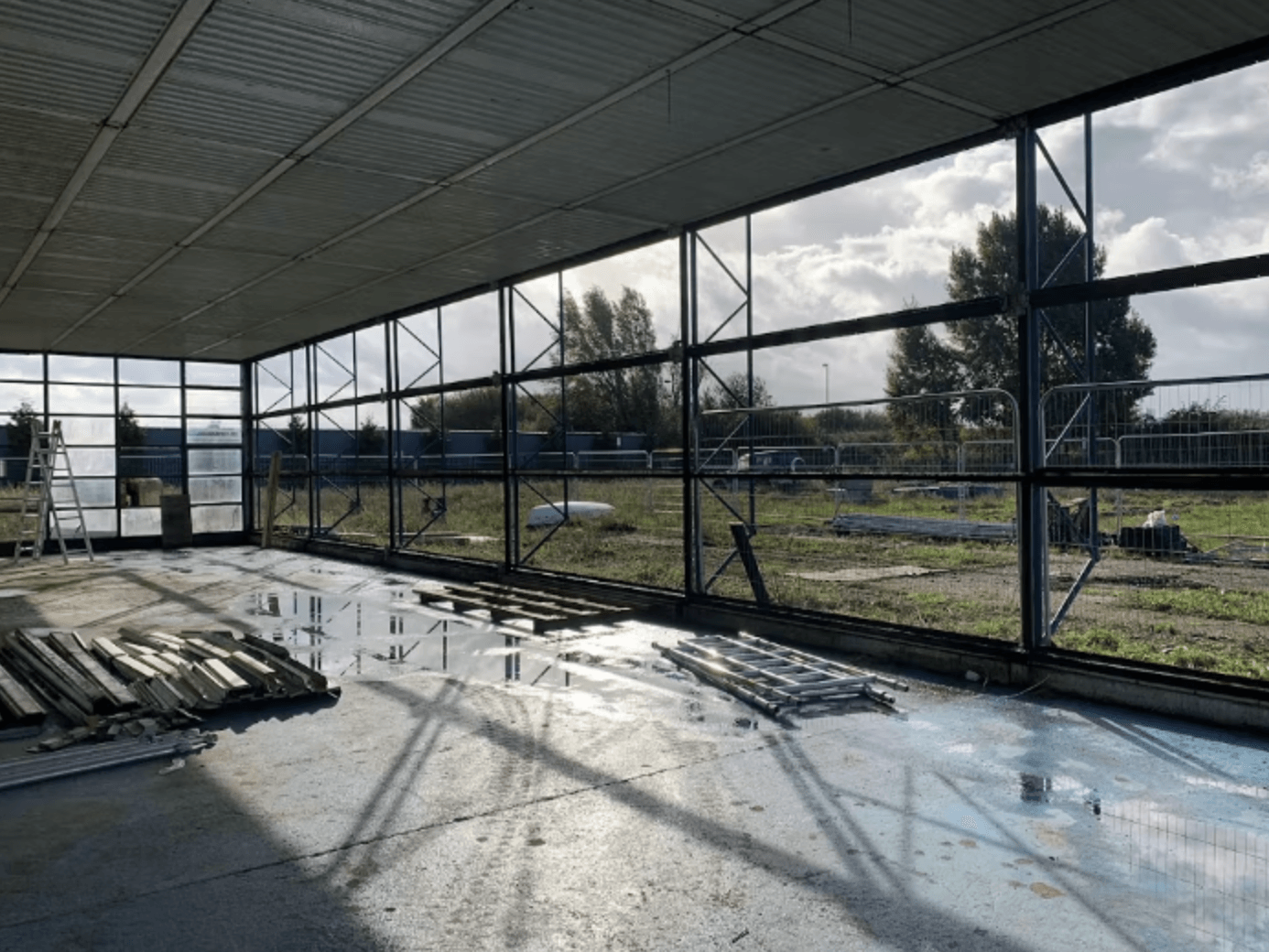
Dismantle of the Patera building prototype (Photo provided by Nigel Dale)
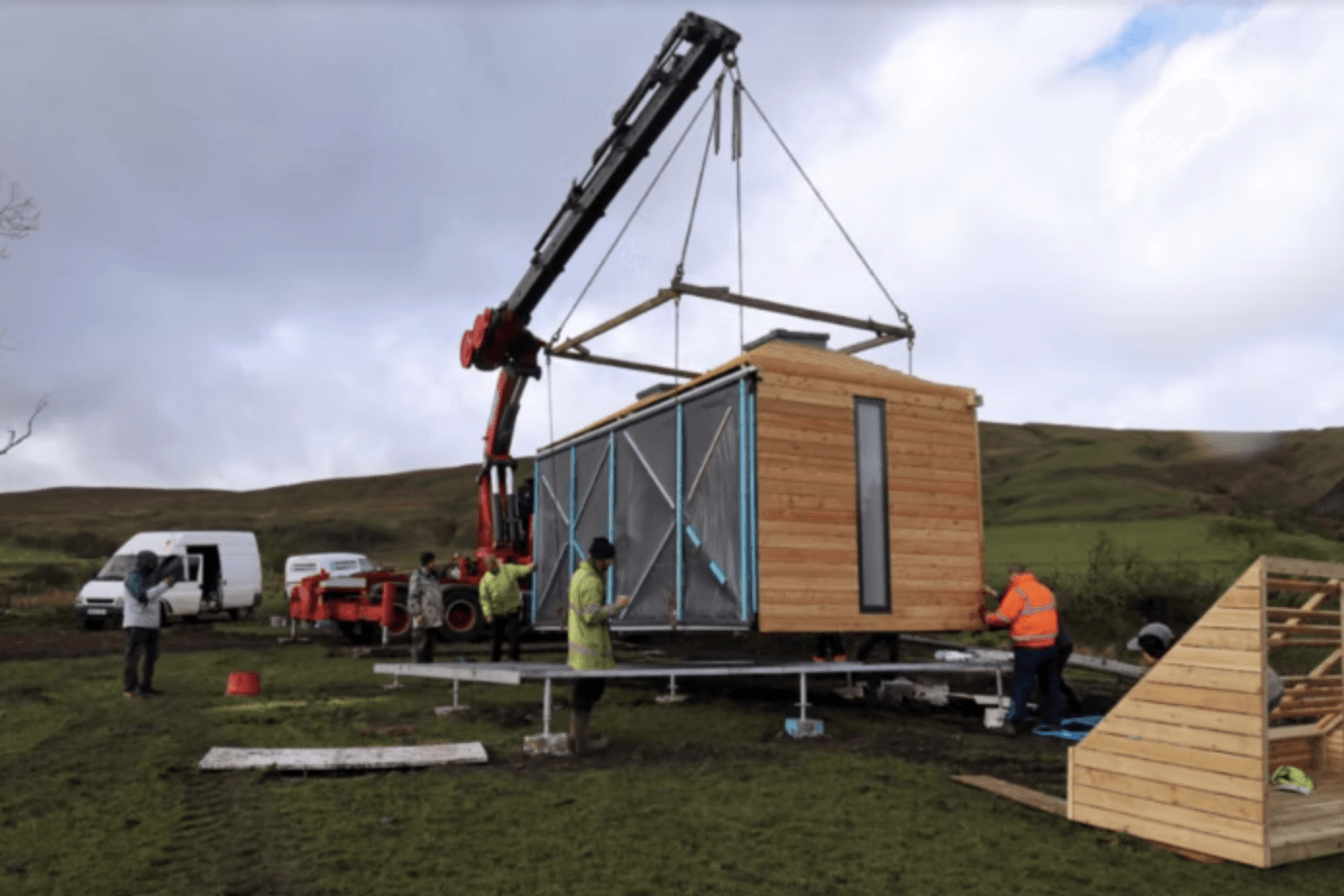
Eco living off-grid pod designed by Sam Booth placed in place in the Scottish landscape (photo by Pablo Jimenez-Moreno).
SHARE THIS POST WITH YOUR NETWORK


